
Support Team
Feedback:
support@nextpcb.comIn 1896, Athens, Greece hosted the first modern Olympic Games. On July 23, 2021, the 32nd Tokyo Olympic Games in 2020 will be held due to the impact of the new crown pneumonia epidemic(COVID-19).
COVID-19: COVID-19 is a disease caused by a virus called SARS-CoV-2. Most people with COVID-19 have mild symptoms, but some people can become severely ill. Although most people with COVID-19 get better within weeks of illness, some people experience post-COVID conditions.
From 1896 to 2021, spanning 125 years, a total of 32 sessions have been held. What are the amazing changes in the technology of the modern Olympic Games?
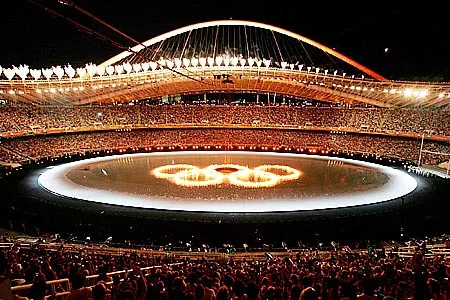
Since the first modern Olympics in 1896, a stopwatch has been used to determine the time of the winner, but it can only count up to 0.2 seconds.
Since then, thanks to the development of camera technology, the accuracy of the timing system has been continuously improved.
In the 1900 Olympics, Etienne Jules Marey, a pioneer in time-lapse photography and biomechanics, used time-lapse photography to photograph contestants for the first time. Timed photography is a photography technique that captures movement through multiple frames, and then can reproduce the movement like animation, so that the athlete's movement can be analyzed.
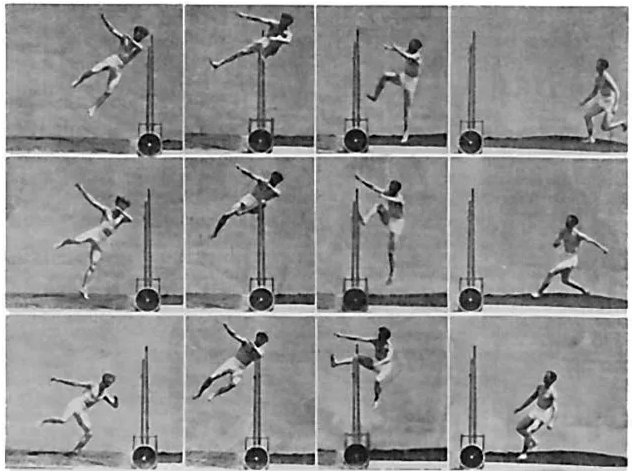
In 1912, the Stockholm Olympic Games used an electronic automatic timing system for the first time. The device was invented by Swedish engineer Ragnar Carlstedt. The timer is started by the starter’s pistol shot and manually stopped by the timing officer assigned to each player. The system also includes a photo of the champion crossing the finish line.
In the 1932 Los Angeles Olympics, the high-precision chronograph designed by OMEGA took the next step in timing. It took pictures of the finish line at the same time and printed the time on each frame.
The 1948 Olympics introduced another innovation, the continuous slit camera, which is the basis of all track and field timing systems today. Four years later, time was connected to the slit camera to achieve a resolution of 1/100 second, although it was not until 1972 that the official time was recorded to 100th of a second.
In the 2012 London Olympics, London introduced a quantum timer, which can measure to an accuracy of one-millionth of a second.
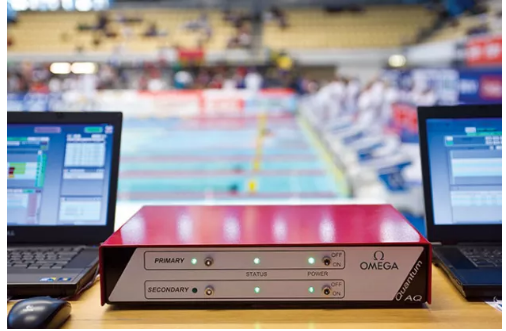
The timing system of other sports has also undergone major changes. In swimming pools, touch panels were used for the first time in 1968 to time swimming events. Other movements require an infrared beam to determine the completion time.
Fairness is the main theme of the Olympic Games. Through technology, it can help the majority of athletes to obtain a fairer scoring system.
As early as the 5th century BC, people invented a starting device called Hysplex to ensure the fairness of the athlete's start. Today, cameras, sensors, and timing systems have replaced Hysplex to accurately record the start and end of athletes.
The 1952 Helsinki Olympic Games introduced a revolutionary real-time camera system for the finish line. The referees of track competitions can immediately determine the order in which athletes cross the finish line without waiting for dozens of minutes for imaging.
For the 2004 Athens Olympics, the more excellent finish camera could capture 1,000 photos per second. In the 2016 Rio Olympics, the final camera can capture up to 10,000 frames per second!
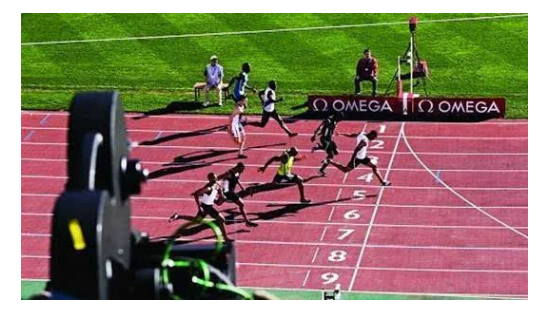
In the 2008 Beijing Olympics, Hawk-Eye, a judging method of electronic wire, was used for the first time in tennis matches. Hawkeye uses a network of cameras on the court to track the trajectory of the ball and uses modeling technology to predict where the ball will fall on the court so that the judge can detect whether the ball is on or off the court with a high degree of accuracy.
The sensor is one of the key pieces of equipment to ensure the accuracy of the scoring system. For example, the radar tachometer is used for track and field speed measurement, and the digital lap recorder is used for medium and long-distance swimming events... The application of sensors has brought the accuracy of Olympic scoring to a higher level.
At the 2012 London Olympics, sensors were placed in the vests of fighters, activated by magnetic stockings, to record successful shots.
In the 2016 Rio Olympic Games, the archery competition used the electronic target to count the number of rings for the first time. Below the paper bullseye target, an advanced sensor system can accurately measure where the arrow penetrates the target. In fact, the system is very precise, it can accurately locate the arrow position 0.2 mm, which is far more precise than the human eye can locate. It also effectively eliminates the need for manual referees, as these sensors can then immediately display the score.
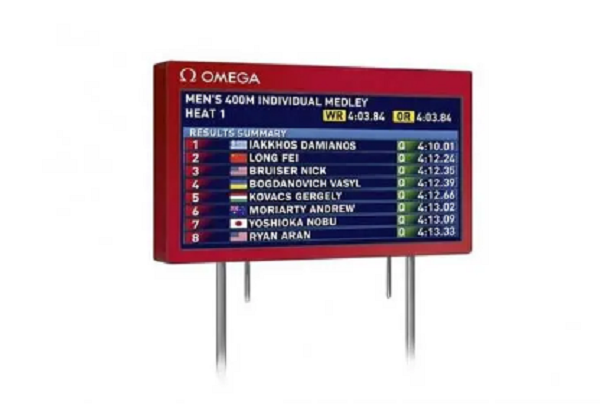
At the same time, the Rio Olympics also used GoalRef technology for football detection for the first time. GoalRef technology was developed by Fraunhofer IIS in Germany. This technology embeds the chip in the football, so the sensors installed on the goalposts and beams can accurately detect it. With high accuracy, it can determine when the ball has completely crossed the line. This technology has been introduced in many international leagues and tournaments, including the 2016 European Cup.
The sports world is no stranger to the use of technology-from control rooms to replay screens to mobile OB trucks, the entire stadium and arena infrastructure depends on successful system implementation. Technology has greatly changed the biggest stage of sports-the Olympic Games.
The 1908 London Olympic Games achieved live broadcast for the first time, but it was limited to 200-meter, 400-meter, and 800-meter running;
In Paris in 1924, the mass media for the first time began full-scale, large-scale reports, and for the first time allowed people to learn about the Olympics in ways other than newspapers;
In 1936, the Berlin Olympic Games in Germany was broadcast on TV for the first time, which greatly increased the influence of the Olympic Games. From then on, people in different regions of the world have become accustomed to watching the Olympics on TV for decades;
The 1964 Tokyo Olympics was the first Olympic Games in human history that used communication satellites and submarine cables to broadcast events;
The 1996 Atlanta Olympic Games was broadcast on the Internet for the first time;
In the 2004 Athens Olympics, the 3G Internet technology that had appeared at that time provided a lot of convenience for the media;
In the 2008 Beijing Olympics, the Internet played an important role for the first time, and the portal became an important information carrier. This was the first 1080P high-definition broadcast of the Olympic Games;
The 2012 London Olympics social network became a key communication tool, and 3D broadcasting technology was put into practice in the Olympics for the first time;
In the 2016 Rio Olympics, the use of 8K resolution broadcasting and the use of VR technology brought TV broadcasting to a new level, and mobile short video, live broadcast, and other content forms became popular;
For the upcoming Tokyo Olympics in 2021, information technology with the Internet as the core will continue to play an important role-"Olympics on the Cloud" and "Smart Olympics" will be on the stage. The upcoming Tokyo Olympics will be the first to use a cloud-based platform for the live broadcast. Cloud live broadcast will bring efficiencies in lower latency uploads, faster editing, and streaming.
The use of performance-enhancing drugs in the Olympics lasted for a long time. It was not until the 1960s that this danger was emphasized and the use of stimulants was banned.
At the 1960 Rome Olympics, Danish cyclist Knud Enemark Jensen died after falling off his bicycle. The coroner's investigation found that he was affected by amphetamine, which caused him to lose consciousness during the game. This is the only Olympic death related to doping.
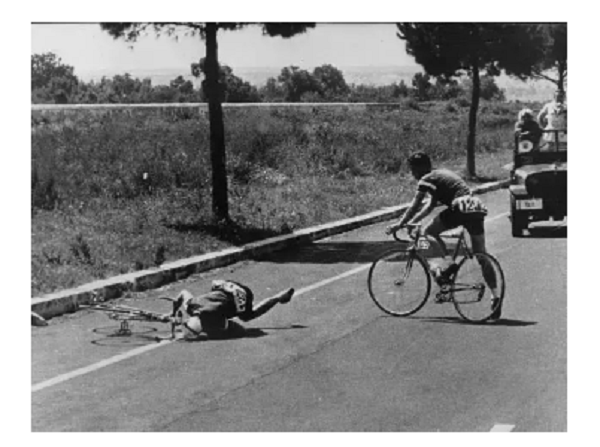
At the 1968 Olympic Games in Mexico, the Swedish pentathlon Hans-Grunner Liljenwall tested positive for excessive drinking, becoming the first athlete to be disqualified due to drug use.
In the 1988 Seoul Olympics, Canadian Ben Johnson beat Carl Lewis in the 100-meter dash with a world record of 9.79 seconds. Soon after, he tested positive for steroid use and was stripped of his medal.
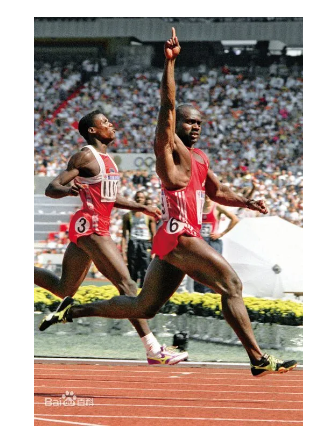
In 1996, Michelle Smith of Ireland won three golds and one bronze in the swimming competition. Smith was accused of using performance-enhancing drugs; this has not been confirmed, but she was suspended in 1998 for tampering with a urine sample.
In terms of doping violations, the 2004 Athens Olympics were considered the dirtiest. There were 26 doping cases, including 6 medal winners (2 gold medal winners). Since then, retrospective testing has brought the number of cases in Athens to 31, including 11 medal winners and 3 gold medal winners.
There are also recent Russian doping scandals that have shocked the world. The World Anti-Doping Agency has banned Russia from participating in the Olympics and other major sports events for four years.
With the continuous improvement of drug testing technology, the number of athletes who have been found to use doping has also increased. Drug testing methods must continue to improve to keep up with the development of more cheating methods.
Current technology focuses not only on prohibited substances but also on metabolites that appear after the main compounds are broken down. The samples that can be tested include blood, saliva, and urine. According to the biological samples analyzed, a variety of advanced technologies can be used.
Gas chromatography was one of the first analytical techniques used to test doping in the 1970s. It is a technique for separating thermally stable volatile compounds in a mixture. Use a gaseous mobile phase to pass through a chromatographic column containing a solid or liquid stationary phase, and use the differential migration of the sample to separate compounds.
Gas chromatography-mass spectrometry (GCMS) combines gas chromatography and mass spectrometry to obtain qualitative and quantitative results. By the time of the 1988 Olympics, a GCMS method for the detection of stimulants, anesthetics, and beta-blockers had been developed. The technology is now commonly used to identify steroids and volatile drugs, such as amphetamines, in samples submitted by athletes.
Liquid chromatography-mass spectrometry (LCMS) combines liquid chromatography and mass spectrometry techniques. Unlike gas chromatography, liquid chromatography uses a liquid mobile phase and a solid column stationary phase to separate analytes in a mixture. LCMS allows the detection of previously untraceable drugs as well as rapid extraction and analysis procedures.
One of the easiest ways to detect steroids and hormones in a sample is through a biomarker test. Commonly used drug abuse biomarker tests look for hGH and erythropoietin (EPO) abnormalities.
The hGH biomarker test focuses on biomarkers of hGH activity, such as IGF-I and procollagen type III amino-terminal propeptide (P-III-NP). Due to the long serum half-life, the detection of IGF-1 and P-III-NP can extend the detection time to 7 days.
The EPO biomarker test looks at hemoglobin, hematocrit, and reticulocyte levels. The 2000 Sydney Olympics was the first Olympics to conduct EPO testing.
Isotype differential immunoassays, also known as isotype tests, were first introduced in 2004. Since the total level of hGH in the circulation is naturally variable and easy to fluctuate, it is difficult to use a test that only measures the increase in the total hGH concentration of stimulants. The common stimulant method for hGH is to use recombinant hGH (recGH), which will show the presence of Variations of different hGH isotypes. The isotype test allows the detection of changes in the ratio of hGH isotypes after recGH injection.
For many years, blood transfusions have been a way for athletes to avoid being tested positive for doping, and RNA testing can debunk this type of fraud.
Conclusion:
In addition to the above technological changes, technological innovations such as robotics, smart wearable devices, sharkskin swimsuits, and mobile payments have also greatly revolutionized the face of the Olympics. Each Olympics brings us technological surprises.
And the upcoming Tokyo Olympics, I believe it will not disappoint us. Autonomous driving, robots, VR/AR, intelligent instant translation assistants, and cloud live broadcasts will all step onboard this international event.
Finally, I wish the athletes good results in this year's Tokyo Olympics!
NEXTPCB is one of the most experienced PCB manufacturers in Global, has specialized in the PCB and assembly industry for over 15 years with 200,000+ original factory self-operated stocks, and will do its best to serve our customers and accelerate the development of China's technology industry.
Still, need help? Contact Us: support@nextpcb.com
Need a PCB or PCBA quote? Quote now